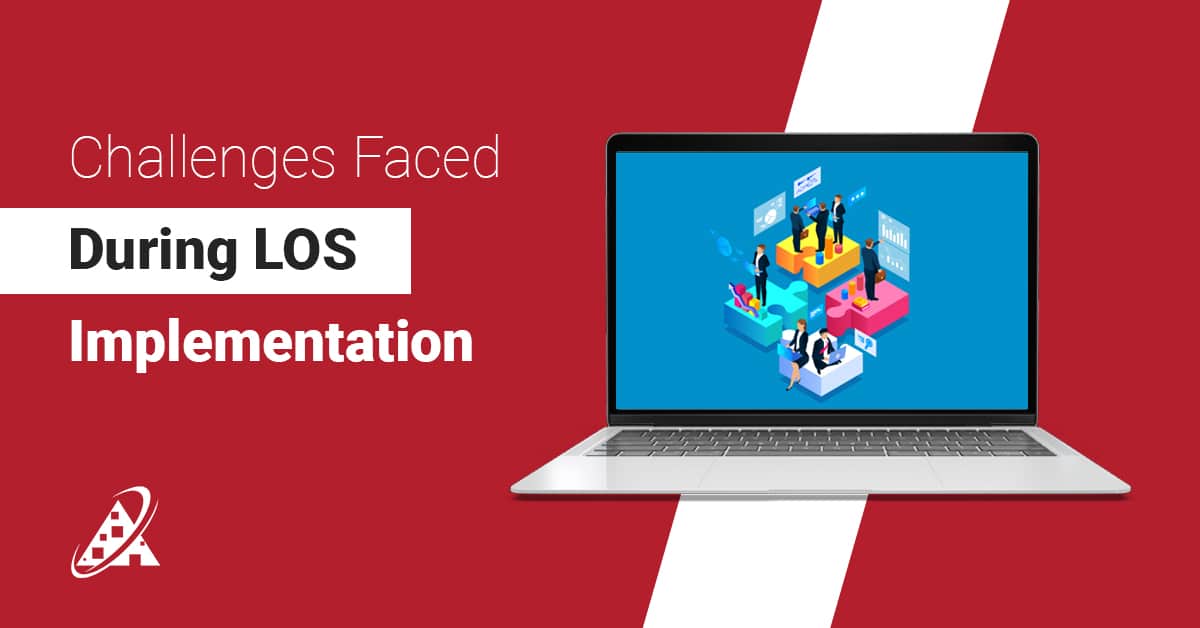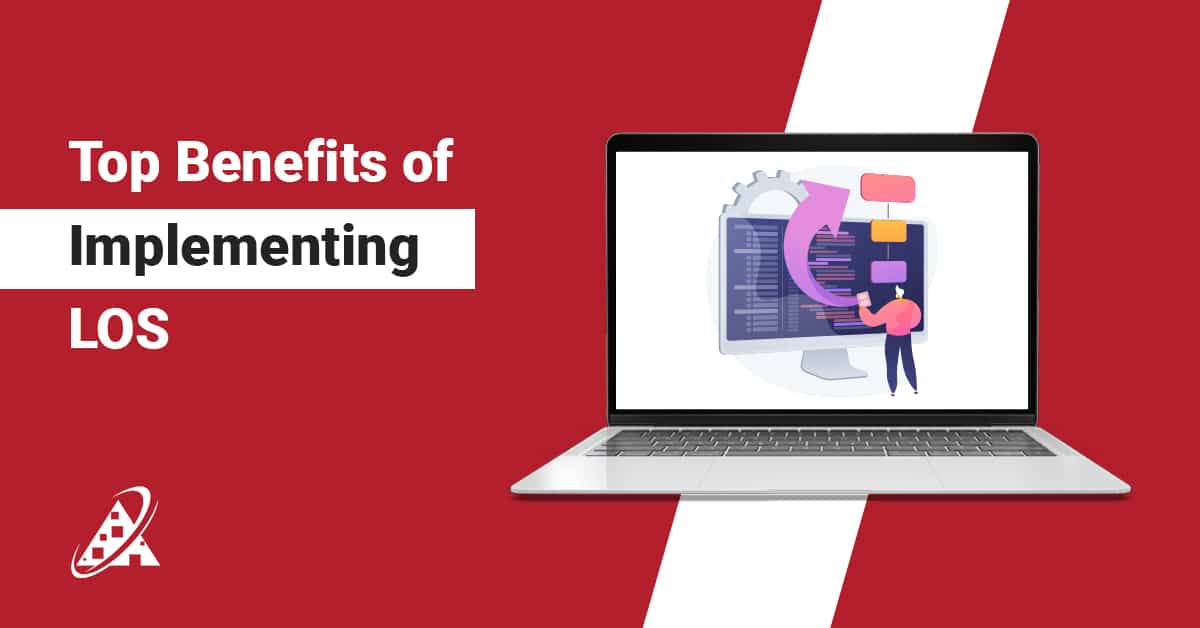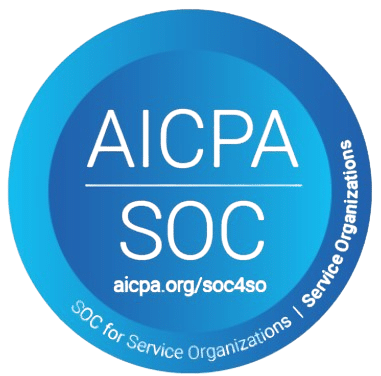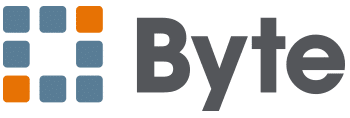Loan Origination System vs. Manual Processing
Imagine applying for a loan. What happens behind the scenes to process your application swiftly and accurately involves two primary methods: using an advanced technology called Loan Origination Systems (LOS) or relying on human effort, known as Manual Processing. In this comparison, we will explore the benefits and drawbacks of these two approaches. Let’s unravel what makes the loan journey smoother, easier, and more efficient for lenders and borrowers. Comparing Loan Origination Systems (LOS) and Manual Processing for loans involves assessing the advantages and disadvantages of automated technology versus traditional, human-involved processes in the loan application and approval process. Here are the pros and cons of each:Loan Origination Systems (LOS)
Pros:
-
Efficiency and Speed:
- LOS automates various stages of the loan application process, reducing the time taken to process and approve loans.
- Streamlines workflows, improving operational efficiency and enabling faster decision-making.
-
Accuracy and Consistency:
- Automated calculations and algorithms reduce the risk of human error, ensuring accurate loan processing and calculations.
- Maintains consistency in evaluating loan applications and following predefined rules and criteria.
-
Compliance and Regulations:
- LOS can be programmed to adhere to specific regulatory requirements, minimizing compliance risks and penalties.
- Provides an audit trail, aiding in compliance monitoring and reporting.
-
Integration and Connectivity:
- Integrates with various third-party systems, such as credit bureaus and verification services, for comprehensive applicant evaluation. For example, our Address Validation Plugin for Encompass® uses the USPS database to verify property addresses instantly, ensuring accuracy and expediting loan processing.
- Enhances communication and collaboration between different stakeholders involved in the loan approval process.
Cons:
-
Cost of Implementation and Maintenance:
- Initial setup costs and ongoing maintenance expenses associated with implementing an LOS can be high.
- Small and medium-sized institutions may find the cost prohibitive.
-
Customization Challenges:
- Customizing an LOS to match specific organizational needs can be complex and time-consuming.
- Limited flexibility in tailoring the system to unique business processes.
-
Dependency on Technology:
- Over-reliance on technology can pose a risk if there are system failures or technical glitches.
- Requires ongoing training and upskilling of staff to effectively use and manage the LOS.
Manual Processing
Pros:
-
Flexibility and Adaptability:
- Manual processing allows flexibility in handling unique or non-standard loan applications and circumstances.
- Can adapt to changes in the loan approval process relatively easily.
-
Personalized Customer Service:
- Provides a more personalized experience for applicants, as human interaction enables a better understanding of individual needs and circumstances.
- Allows for direct communication and relationship building with applicants.
-
Cost-Efficiency for Small-scale Operations:
- For smaller institutions or infrequent loan processing, manual processing may be more cost-effective than investing in an LOS.
- Low upfront investment in technology.
Cons:
-
Time-Intensiveness:
- Manual processing is typically slower and can cause delays in loan approval and disbursement.
- Requires significant manual effort, increasing the workload for employees.
-
Higher Probability of Errors:
- There is a higher potential for errors due to manual data entry and calculations, which can result in inaccuracies in loan processing.
- Inconsistencies in decision-making due to human judgment and bias.
-
Compliance Challenges:
- Increased risk of compliance violations due to human oversight and varying interpretations of regulations.
- Difficulty in maintaining a comprehensive and organized audit trail.












